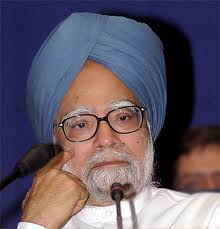New Delhi, Jun 2: Manu Sharma, a convict in the 1999 Jessica Lal murder case, was released from Tihar Jail yesterday on the grounds of good behaviour after serving more than 16 years in prison, jail officials said on Tuesday.
Sharma had received the approval of the Lieutenant Governor of Delhi for his release after a recommendation of the Sentence Review Board for the same.
Advocate Amit Sahni, while speaking to ANI, had said that Delhi Lieutenant Governor Anil Baijal had approved the name of Siddharth Vashishth also known as Manu Sharma for release from Tihar Jail.
He said that Sharma's name was approved in a sentence review board meeting held on May 11. Earlier, Delhi High Court had also asked the SRB to consider his name for release.
Sharma, the son of former Congress leader Venod Sharma, was convicted for shooting and murdering Jessica Lal, when she refused to serve him liquor at Tamarind Court restaurant at Qutub Colonnade in south Delhi's Mehrauli on April 29, 1999.
Vashishth, 45-years-old, was serving a life term in connection with a case registered under Section 302 (murder), 201 (causing disappearance of evidence of the offense or giving false information to screen offender) and 120B (criminal conspiracy) of the Indian Penal Code (IPC).
According to officials, the convict has undergone imprisonment for 16 years, 11 months and 24 days in actual, and 23 years 4 months and 22 days with remission. He has availed parole 12 times and furlough 24 times.
Earlier, Manu's wife -- Preity Sharma -- had approached the National Human Rights Commission (NHRC) claiming that her husband had been illegally detained for more than the prescribed period of incarceration (20 years with remission) as per the prevalent policy of the state.






Comments
Add new comment